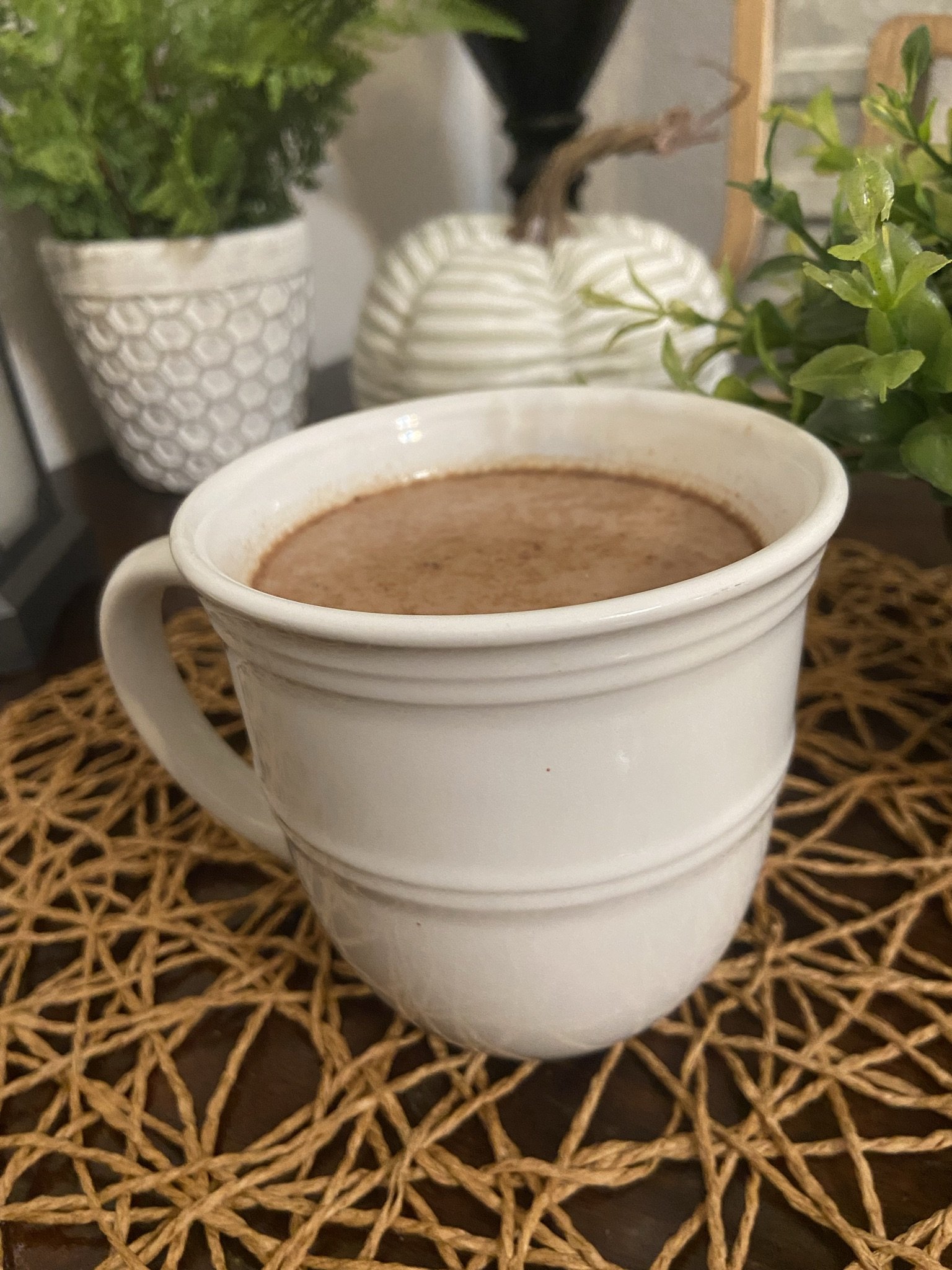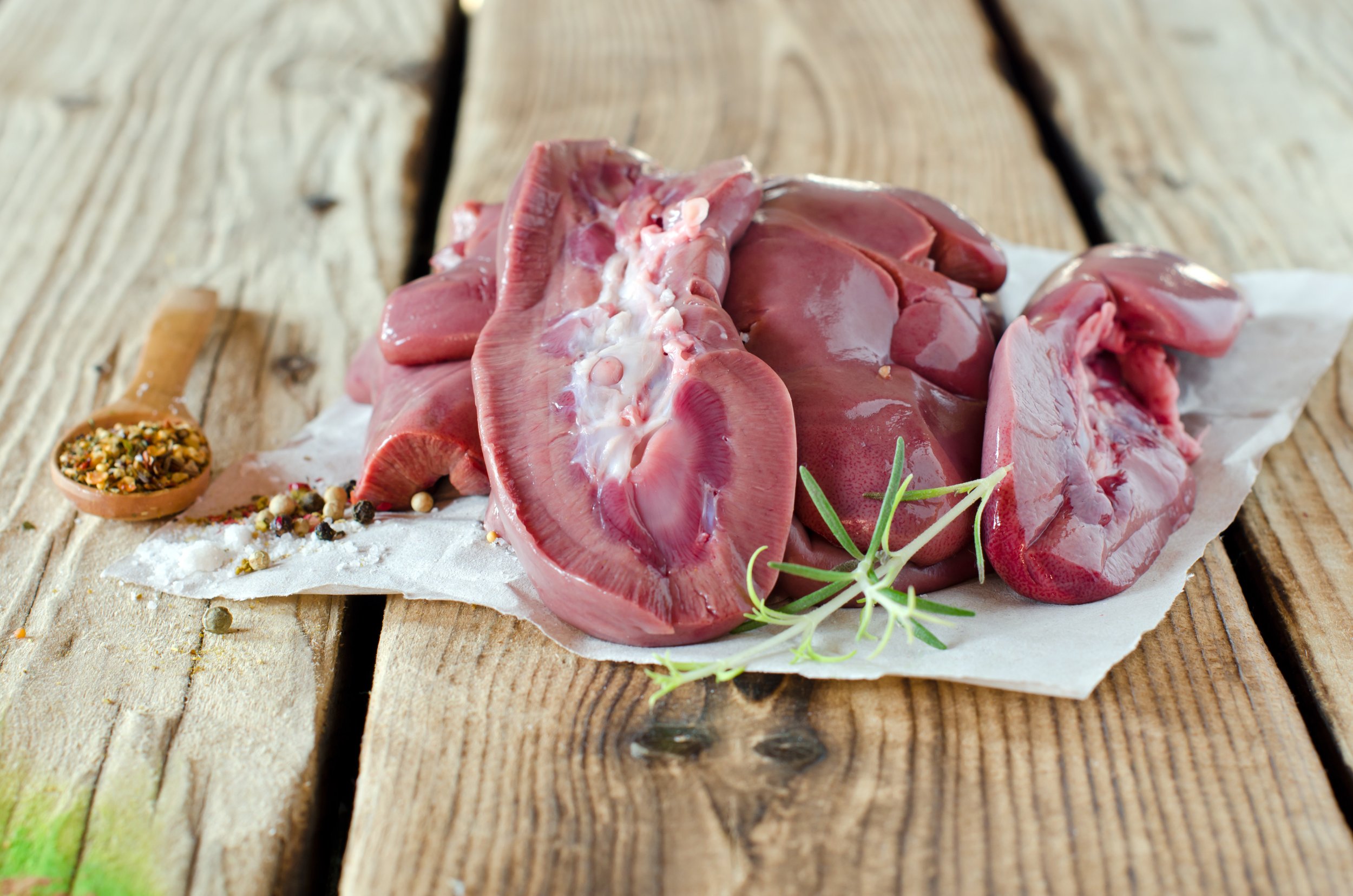How to make gut healing bone broth from pastured bones
+
5 flavor variations so drinking bone broth every day is never boring
mastering broth
Bone broth is made up of two parts: the consistency and the flavor.
When you understand how to make a bone broth that is nutrient dense and full of gelatin PLUS you make it taste good you’ve got the best of both world.
So here we go.
Consistency
When you make bone broth, whether it be chicken, turkey, beef, pork, lamb, or fish it’s the combination of bones and gelatinous bits that make it magical. The bones provide minerals, and bone marrow is one of the most amazing foods there is for nourishing your cells. So your broth should include bones from legs, the neck, the skeleton and ribs.
The gelatin which can sooth your intestine lining and heal your gut comes from gelatinous bits with lots of cartilage. This would be things like joint bones, feet, heads, necks, ears, skin and backs.
So the best broth is made with a combo of both these types of bones and odd bits.
Flavor
Giving your broth different flavors makes it interesting and fun to drink.
A basic broth with onions, carrots, celery, bay leaves and peppercorns makes a broth that is amazing in soups, to cook grains or beans in or to sip on when you’re sick.
You can even turn an unflavored broth into something sweet like hot chocolate (recipe below).
Or you can get more creative with flavor combinations like Vietnamese Pho, Mushroom Beef or Thai Coconut bone broth so that incorporating it into your everyday life is a breeze.
Making bone broth at home is super easy, and after you read this guide you’re going to feel equipped to start cooking right away.
Save Money
One of the benefits of making your own bone broth at home is that you can save money. It does take some time, but for the most part you can set it and forget it. The real magic happens during the slow cooking when the collagen and minerals can be released.
Better Quality
Another reason to make it at home is that you get better quality and a much more concentrated broth. You can tell how gut healing a broth will be by how gelatinous it is. When you buy it from a box it’s most likely watered down, leaving out the gelatinous parts.
6 Tips for Flawless Bone Broth
Sourcing: You can use pork, chicken, turkey, lamb or beef bones for your broth. Make sure that they were raised on pasture, free from antibiotics, vaccinations, pesticides. Save your chicken bones and leftover carcasses after you've cooked a whole bird. Check our farm store, we carry beef and pork bones, and seasonally turkey feet, necks, and bones.
Take It Up A Notch: Include chicken or turkey necks, heads, feet and skin, pork feet, oxtail, neck bones or marrow bones. Loaded with extra collagen and gut healing gelatin.
Long and Low: Cook your broth in a crockpot or on the stove top, just keep it low. An occasional glub-glub is ideal, if it reaches a roaring boil it's too high. I like to simmer mine for 24-48 hours. This also extracts minerals from the bones, one reason this is a superfood.
A Cup A Day: Include bone broth in your diet every day. Drink it warm in the morning, use it as the base to soup stock, or cook your rice and beans in it rather than water. I even love to braise veggies in broth: carrots, zucchini, beets or butternut squash. Eat them as a side or puree them for baby food.
Add Vinegar: Soaking your bones in cold water and apple cider vinegar for 30 minutes before you start to cook them leaches the minerals out of the bones, making your broth even more nutritious.
Onion Skins: Add these into your broth for a deep caramel color. In between your batches of broth save up your onion skins in a paper bag. You can even save garlic skins and add them in for flavor too!
recipe for BASIC homemade bone broth
Ingredients:
6-8 lbs total of Nourished With Nature bones, necks, and feet
1/4 cup apple cider vinegar
2 onions roughly chopped
4 celery stalks roughly chopped
4 carrots, roughly chopped
1 Tbsp whole peppercorns
3 Tbsp Redmond or other Sea Salt
1/2 cup fresh or dried parsley
several sprigs fresh thyme
2 bay leaves
Instructions:
Place your bones in a large pot with vinegar and cover with cold water.
Let sit for 30 minutes
Bring water to a boil and reduce to simmer. Allow to cook for 24 hours.
Remove any foam that may rise to the top.
In the last 3 hours add veggies and spices.
Strain broth through a fine-mesh sieve and put into containers to freeze. Broth can also be pressure canned and stored for longer periods of time.
broth variations
After you get the hang of making a basic bone broth you can start spicing it up!
These are a few fun flavors to put a little pizzaz in your warm mug of gut healing bone broth.
This way, drinking bone broth every day will never get boring.
Mushroom Beef Broth
This tasty broth is both soothing to the gut and a nourishing source of gelatin. You will love the additional flavor of mushrooms and thyme in this savory broth.
Ingredients:
2 quarts beef broth
1 Tbsp olive oil
1 pound fresh mushrooms, quartered
1 cup dried mushrooms, rinsed
4 garlic cloves, peeled and halved
2 sprigs fresh thyme
salt
Steps:
Heat olive oil over medium heat, add fresh mushrooms and garlic, cook 5 minutes
In a pot combine the cooked mushrooms and garlic with the broth. Add the dried mushrooms and thyme.
Simmer for 1 hour, drain the stock and discard the solids.
If desired, stir a little crème fraiche into the warm broth before drinking.
Thai Coconut Broth
Sweet and zesty this broth is both tasty and filling, I could drink it every day.
Ingredients:
1/2 gallon turkey or chicken broth
1-14 oz can coconut milk
1 thumb size piece of ginger, minced
1 bunch cilantro, chopped
2 cloves garlic, minced
1 jalapeno (optional)
1 lime, juiced
Salt
Steps:
Pour your broth and coconut milk into a large stockpot along with the chopped ginger, garlic, cilantro and jalapeno.
Bring to a boil then simmer on low 10 minutes, then let cool for 10 minutes.
Add in the lime juice, then strain the solids out.
Salt to taste and enjoy!
Healing Turmeric-Ginger
Loaded with anti-inflammatory turmeric this broth works great with turkey or chicken bones. The ginger offers a warming and zesty flare that you can cozy up to.
Ingredients:
1 quart turkey or chicken broth
2 Tbsp Olive Oil
3 Tbsp finely chopped fresh ginger
3 Tbsp finely chopped fresh turmeric
1 tsp dried turmeric powder
Salt and pepper to taste
Steps:
In a sauce pan sauté the fresh ginger and turmeric in olive oil over medium heat for a few minutes until fragrant then sprinkle in the fresh turmeric too.
Add your quart of chicken or turkey broth to saucepan and simmer for 20 minutes on low.
Strain the chopped ginger and turmeric, salt and pepper to taste and enjoy!
Vietnamese Pork Pho
This recipe is actually a robust soup, bursting with flavors in every direction. As I was writing this mouthwatering recipe for you I actually had to stop and go have lunch, it sounded that good.
Ingredients:
8 cups pork broth
1 Nourished With Nature pork tenderloin sliced as thin as possible into bitesize pieces.
1 yellow onion peeled and sliced thin
3 inch piece of fresh ginger, cut in half lengthwise
4 whole cloves
1 tsp fennel seeds
2 cardamom pods
1 Tbs coriander seeds
5 star anise
3 stick cinnamon
1 tsp black peppercorns
2 Tbsp coconut sugar
2 tsp fish sauce
1 package rice noodles
1 lime, cut into wedges
1 jalapeno, sliced
1/2 cup chopped cilantro
Thai basil
Bean sprouts
Steps:
Set your oven to broil, and place your baking rack 8 inches away from the burner. Brush the ginger and onion with a little olive oil and cook for 7-10 minutes until the tops are slightly charred. Set aside.
In a large stockpot combine all the spices: cloves, fennel, cardamom, coriander, anise, cinnamon and pepper and cook on medium high heat until they start to become fragrant.
Add in the pork broth, charred onion and ginger, cover and simmer for 20 minutes. Then strain the spices and solids.
Return the broth to the stockpot and add the coconut sugar and fish sauce. Taste and season with salt as needed.
Meanwhile, cook the rice noodles by bringing a large pot of water to a boil. Cook the noodles until they are al dente, about 3 minutes. Immediately drain noodles, rinse with cold water, drain and set aside.
Assemble your soup by adding a handful of noodles to each individual bowl, top with boiling hot broth, add in your slices of pork tenderloin. Make sure they are sliced very thin so that they cook quickly in your hot broth.
Garnish with a squeeze of lime, jalapeno, cilantro, Thai basil and bean sprouts.
Enjoy!
Healthy Hot Chocolate
This treat is so delicious to sip on and you won't feel one bit guilty because we leave out the refined sugars and questionable ingredients.
Ingredients:
One quart unflavored turkey or chicken bone broth
1 cup milk (your choice)
1 cup cream (cow or coconut)
8 Tbsp Maple Syrup or Honey
2 Tbsp Organic Raw Cacao Powder
1 tsp Vanilla
2 drops Young Living Cinnamon or Peppermint Vitality Essential Oil (optional)
Steps:
Mix all ingredients together in a small saucepan over medium heat, just until warm.
If you’re feeling extra fancy top with these Healthy Homemade Marshmallows
Now you are ready to start cooking!
If you’re feeling overwhelmed, just start with the basic bone broth recipe. Then grow your practice of making bone broth from there.
Let me know in the comments which flavor variation sounds best to you.
What’s your favorite way to use homemade bone broth?








